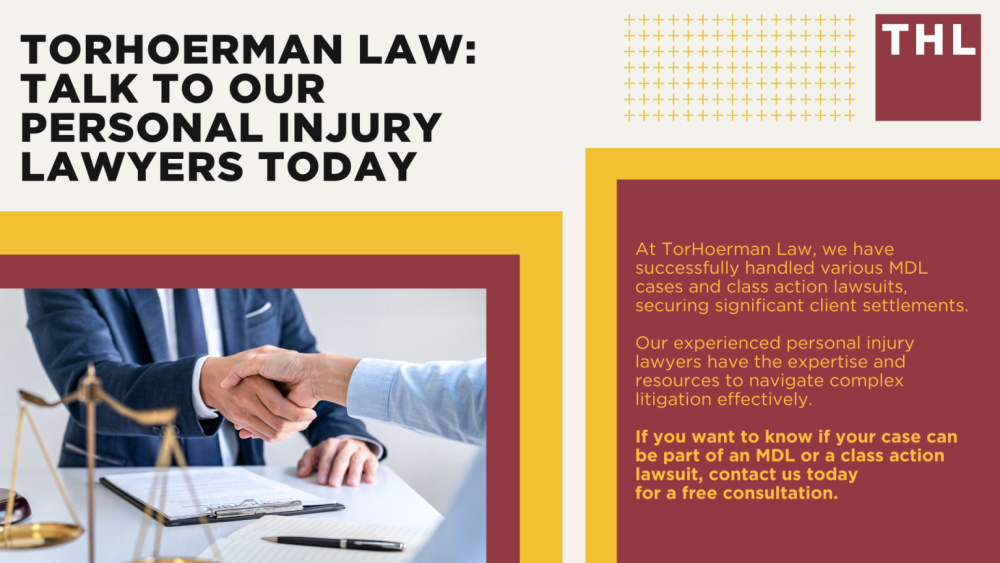If you've been hearing the term MDL tossed around in the news—especially in connection with big lawsuits involving drugs, medical devices, or corporate wrongdoing—you might be wondering what it actually means. MDL stands for Multidistrict Litigation, and while it sounds technical, the basic idea is surprisingly straightforward.
Whether you're a potential plaintiff, a curious observer, or just someone trying to understand how the legal system handles large-scale cases, this article will walk you through What is MDL, why it exists, and how it can affect those involved in a legal claim.
So, What Exactly Is MDL?
Multidistrict Litigation (MDL) is a federal legal process used when many individual lawsuits across the country share similar facts, issues, or claims. Instead of handling each case separately in different courts, the legal system consolidates them into one court for the early, pretrial stages of the process.
The goal is to make everything more efficient, avoid duplicate work, and ensure consistent rulings on shared issues. After the early stages, cases can either settle, be dismissed, or return to their original courts for trial.
Think of MDL as a way to organize and streamline large-scale litigation without completely merging the cases.
Why Does MDL Exist?
When hundreds or thousands of people file similar lawsuits—like after using a defective medical device, a dangerous drug, or being exposed to a toxic product—it would be incredibly inefficient and expensive for the courts to handle each one from scratch.
MDL helps by:
-
Consolidating discovery (the exchange of evidence and information)
-
Avoiding conflicting rulings on similar legal questions
-
Saving time and money for both plaintiffs and defendants
-
Encouraging settlements by identifying patterns across cases
It’s especially common in product liability cases, mass torts, and nationwide consumer claims.
How Does a Case Become Part of an MDL?
The process usually starts when several similar lawsuits are filed in federal courts across the country. A party—often the defendant or a group of plaintiffs—can request that the cases be centralized through MDL. The request goes to the Judicial Panel on Multidistrict Litigation (JPML), which decides whether to create an MDL and where to assign it.
Once approved, all qualifying cases are transferred to one federal district court, overseen by a single judge. That judge handles all pretrial motions, manages discovery, and may select a few “bellwether trials” to test the strength of the cases.
MDL vs. Class Action: What’s the Difference?
People often confuse MDL with a class action, but they’re not the same.
In a class action:
-
One lawsuit represents everyone with similar claims.
-
All plaintiffs are treated as a single group.
-
Everyone shares in the same outcome, whether it’s a settlement or trial verdict.
In an MDL:
-
Each plaintiff maintains an individual lawsuit.
-
Each case can have a unique outcome based on its details.
-
The consolidation is only for pretrial proceedings, not for the final resolution (unless a settlement is reached).
This distinction matters because MDLs allow for more personalized compensation, especially when the injuries or damages vary widely from person to person.
What Happens After the MDL Process?
Once the shared issues are resolved, the court may:
-
Encourage a global settlement that resolves most or all cases
-
Send unresolved cases back to their original courts for trial
-
Dismiss weaker claims based on evidence presented during pretrial
Some MDLs result in major settlements, while others end up with years of individual trials. Either way, the MDL process helps move complex cases forward in a more organized and efficient way.
Final Thoughts
Multidistrict Litigation may sound intimidating at first, but it’s simply a legal tool to help manage large groups of similar lawsuits. If you’re involved in a case that’s part of an MDL, you still have your own lawyer, your own case, and your own potential outcome—but you’ll benefit from a more coordinated legal process.
As lawsuits against large corporations continue to rise, especially in the realms of pharmaceuticals, toxic exposure, and consumer safety, MDLs will remain an important part of the legal landscape. And now, you’ll know exactly what that means when you see it in the headlines.


